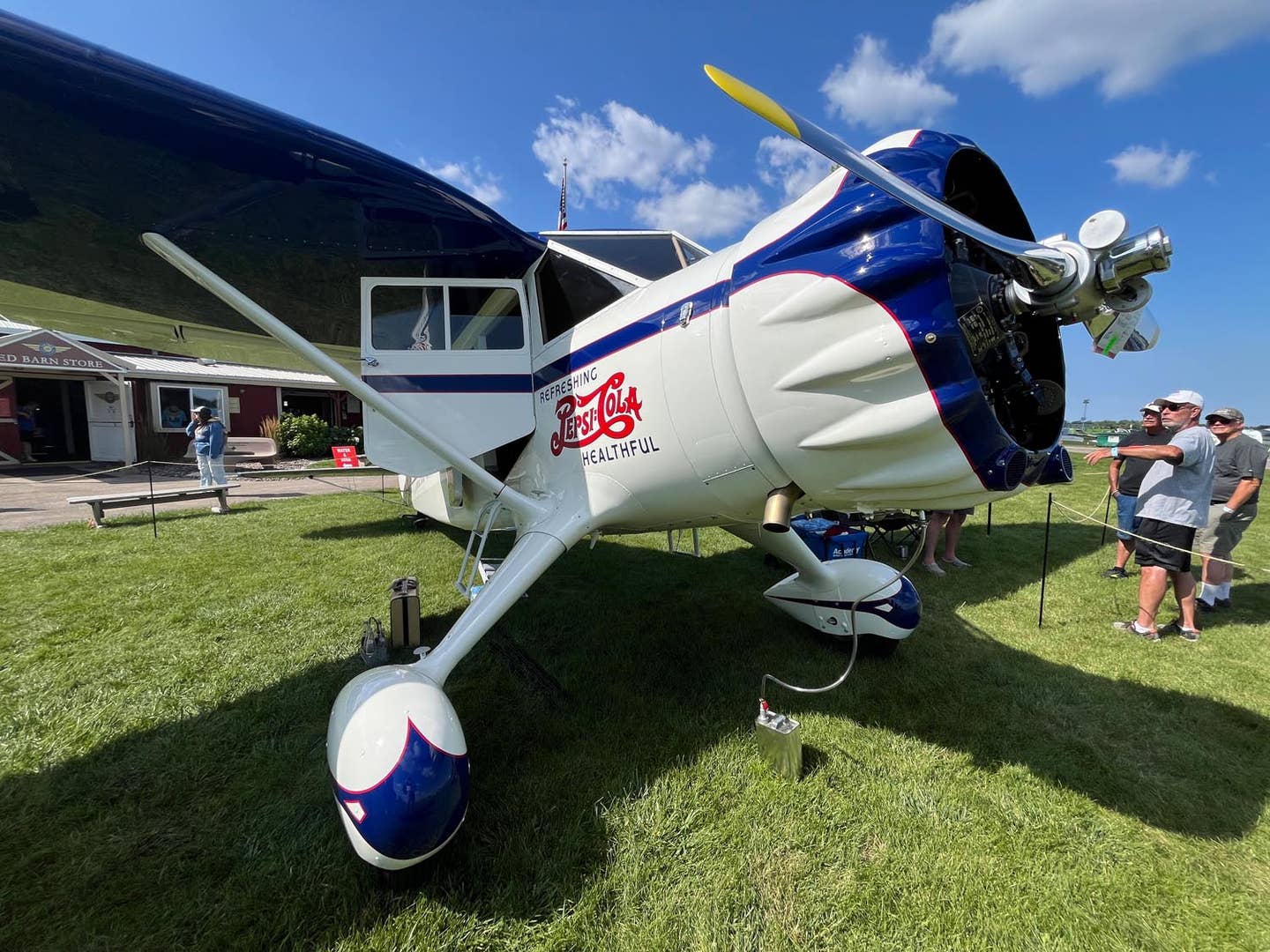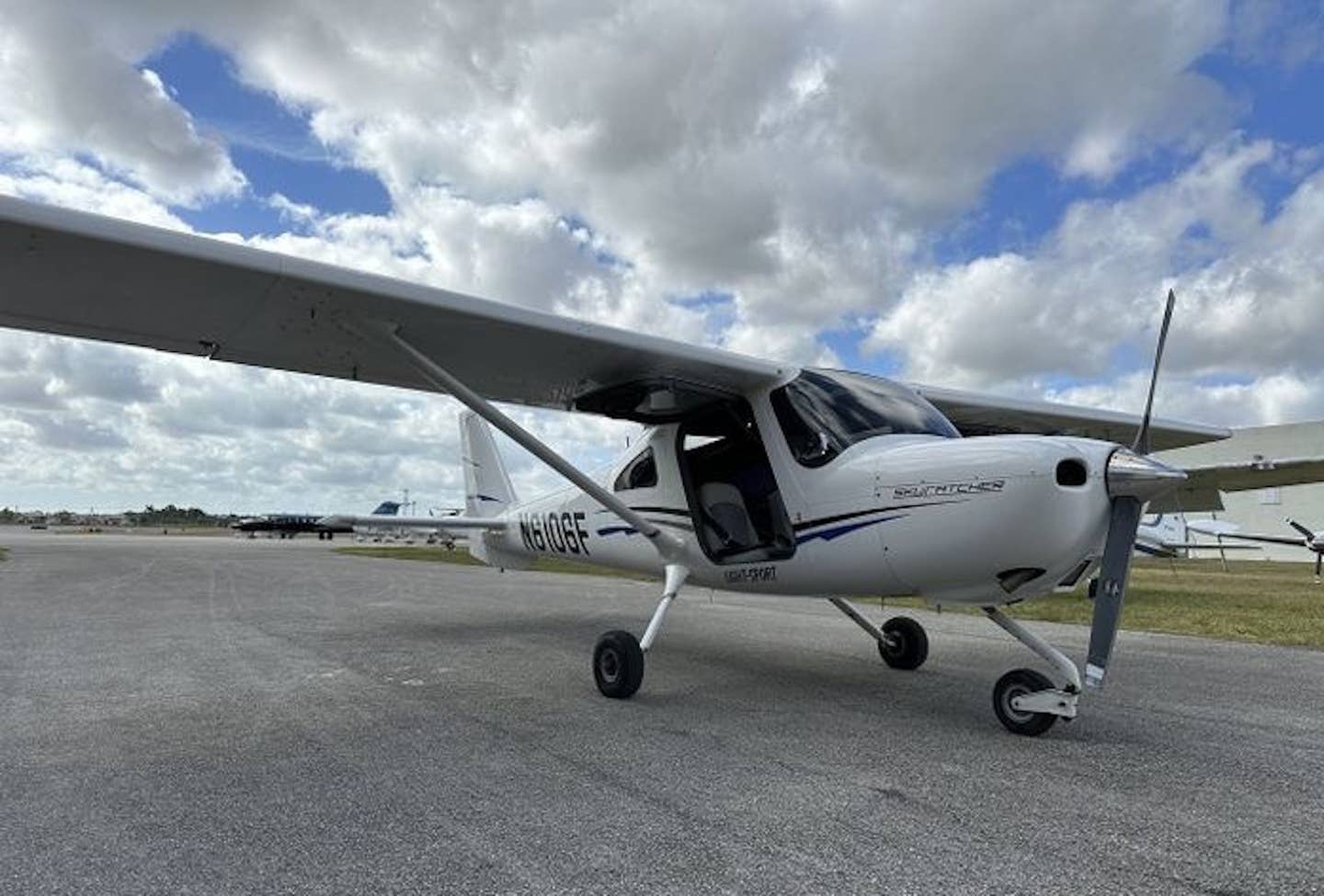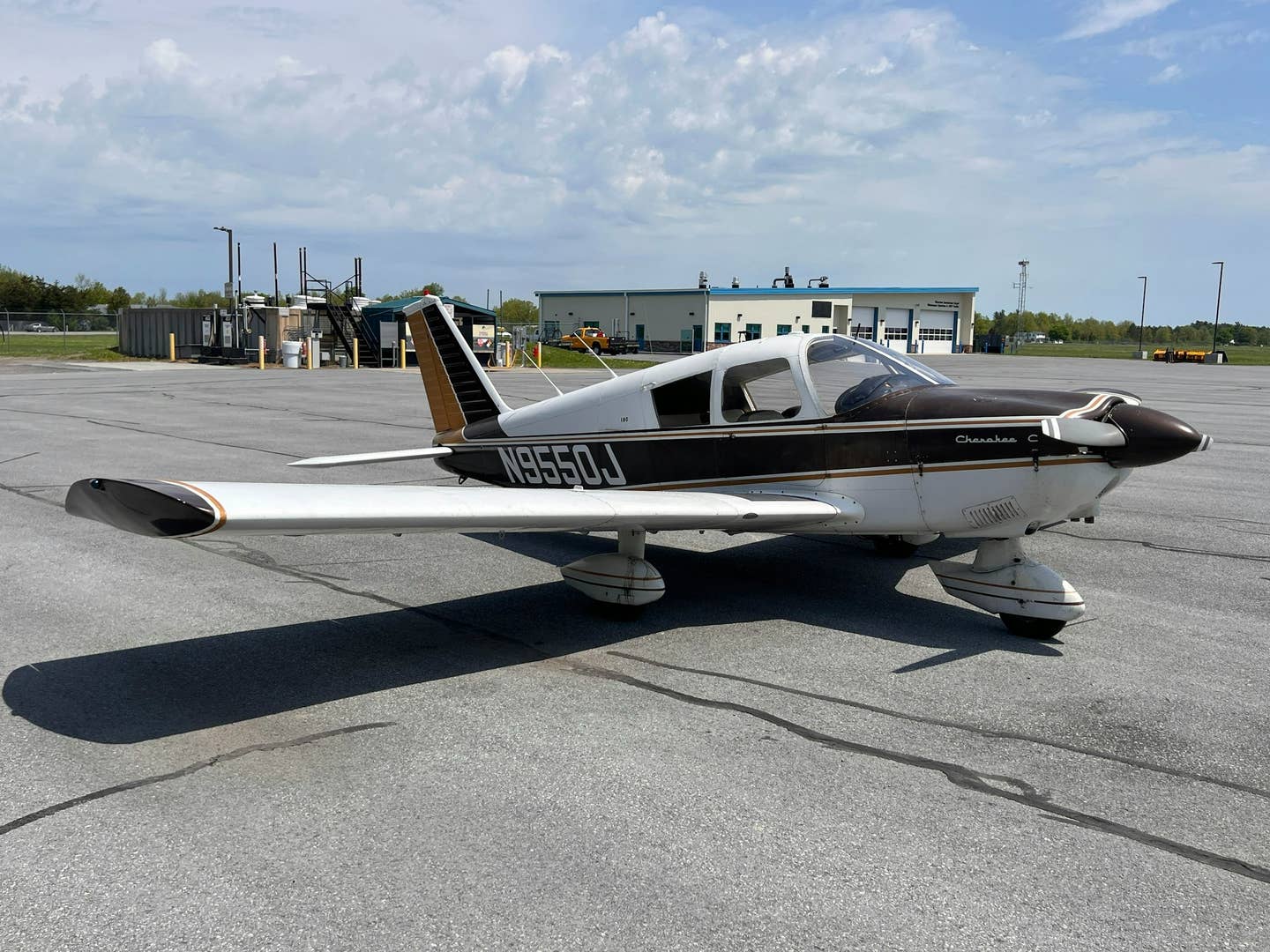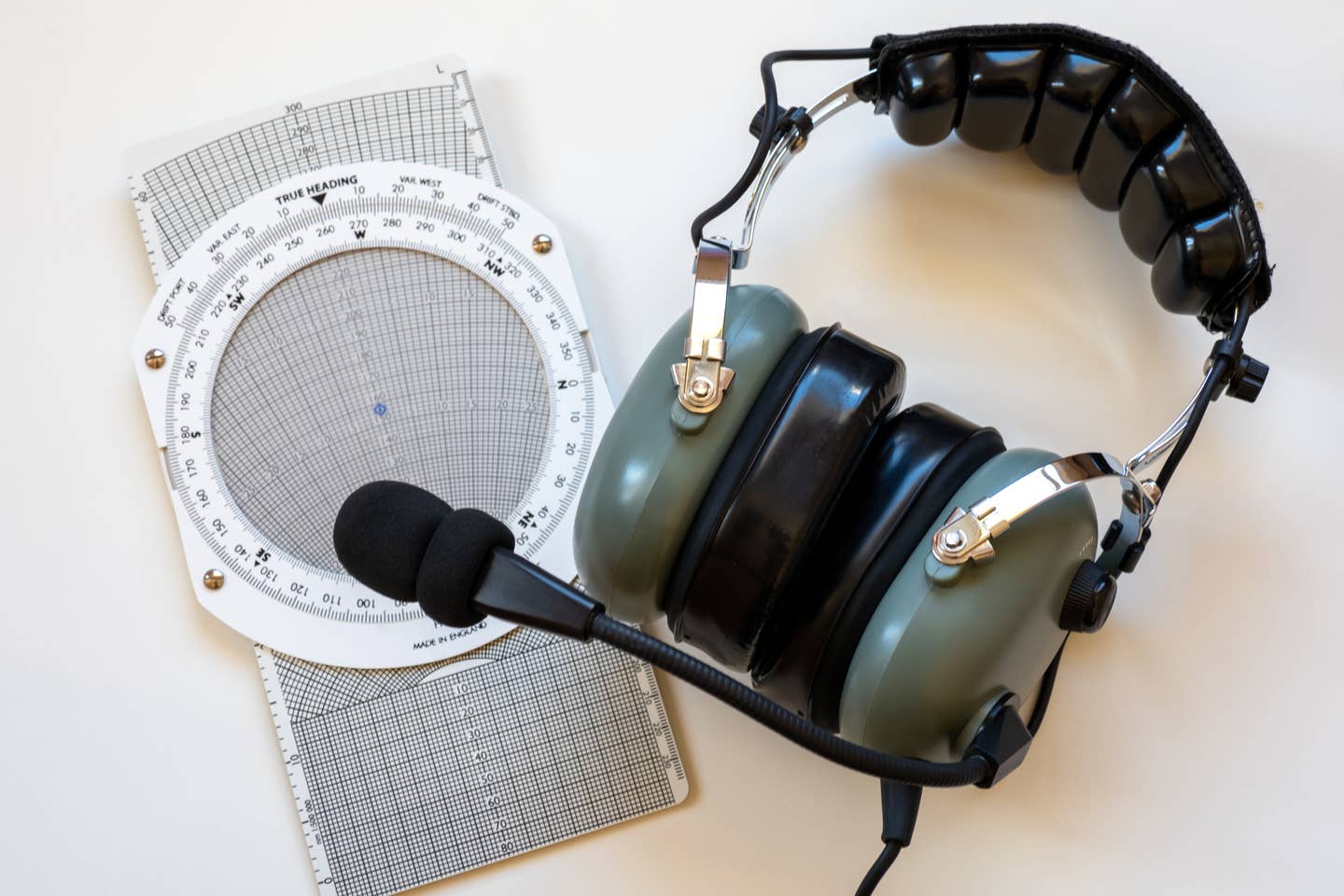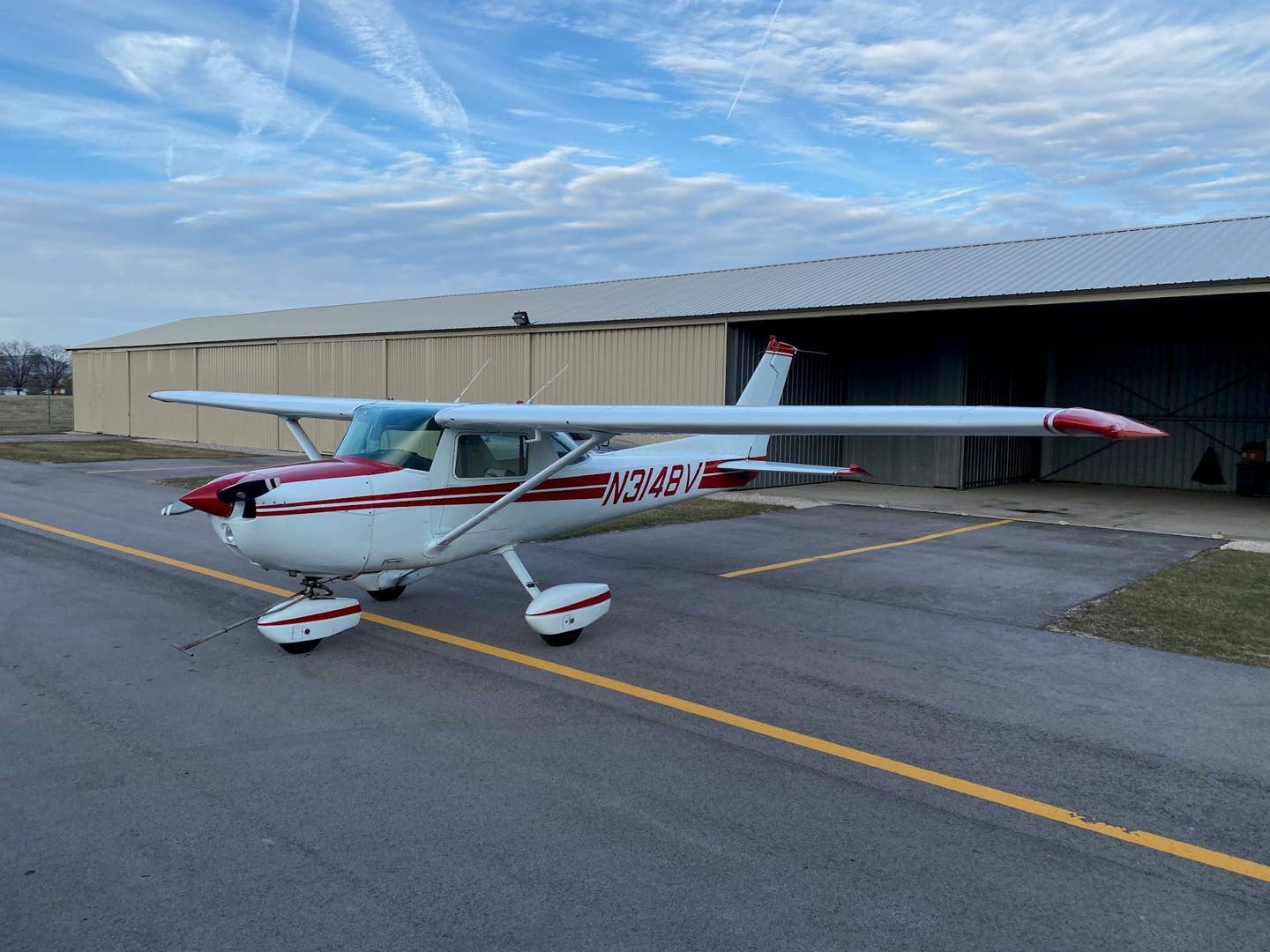Lessons Learned – ADM to the Rescue
By David Offitzer | Illustrations by Barry Ross “Straight out departure approved, cleared for takeoff 29 Right” is a call I have received thousands of times as a commercial pilot…
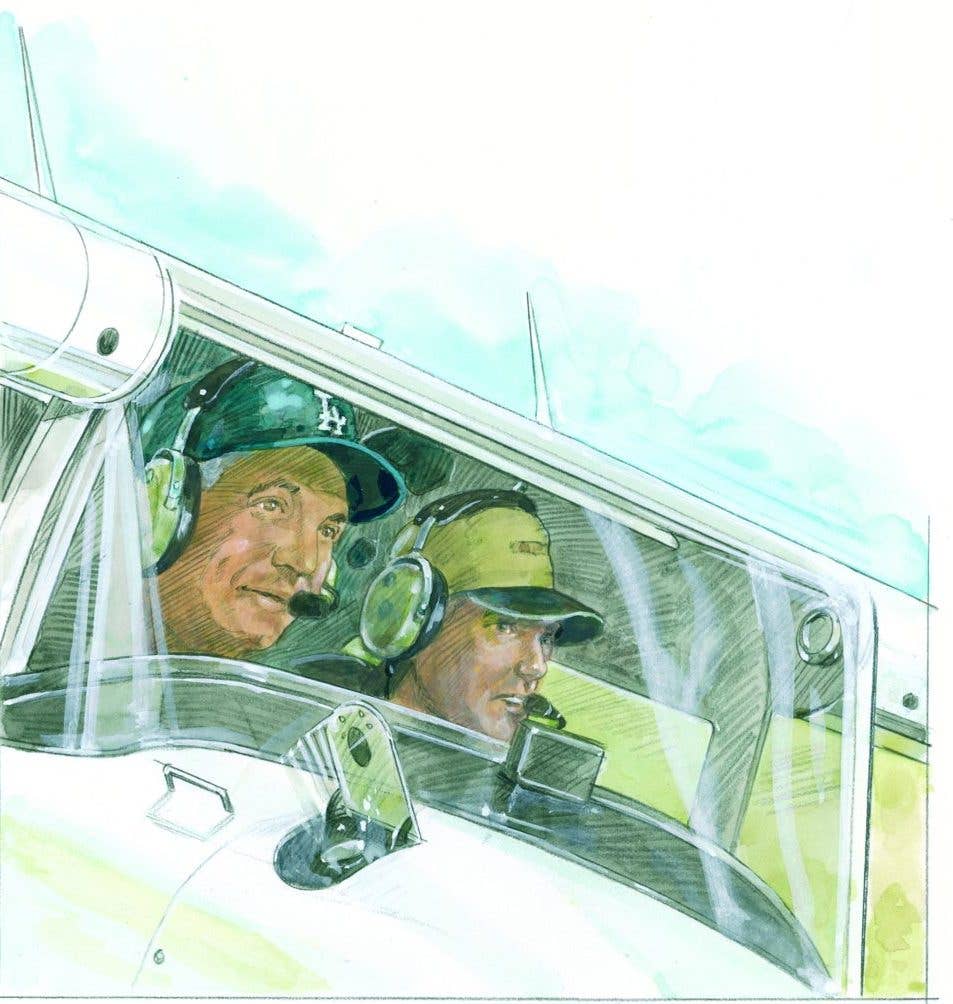
Aeronautical decision-making skills need to be used and practiced—because they work. [Illustration by Barry Ross]
By David Offitzer | Illustrations by Barry Ross
“Straight out departure approved, cleared for takeoff 29 Right” is a call I have received thousands of times as a commercial pilot and CFI at my home base of Zamperini Field in Torrance, California (KTOA).
The seasonal “May gray” morning had predictably and gradually morphed into an inviting “severe clear.” My left seat passenger—we’ll call him Scott, mostly because that’s his real name—and I awaited our turn at the hold short line at Taxiway Juliet for his return to the sky.
Scott had a few hours in a Cessna 172 as a new student about five years earlier but had paused his training because “life got in the way.” Sound familiar? Anyway, the path to achieving his goal of a private pilot certificate was now free of obstructions, and he was both excited and motivated to move forward.
During the preflight briefing, we had discussed his limited experience and what to expect in flight. But mostly this was to be a fun, nonstressful return to the sky.
Ha.
Takeoff was as normal and magical as it gets. All of you pilots and passengers who love to fly know exactly what I mean. N174GF is one of my favorite airplanes in our fleet of 172s. Dependable and rugged, she has been one of my go-to trainers.
The plan was to fly west to the shoreline, turn to the south, and hand over controls to Scott. Our fun lasted 80 seconds.
The explosion occurred at about 800 feet agl—quite loud even with noise-canceling headsets. The oil-filler cap flew open as the cowling momentarily lurched to the right. Instantly, the engine lost power and the airplane started to shake. Not too violently, but enough for me to think, “Hey!?”
Aeronautical decision-making (ADM) is one of those topics that, although not necessarily exciting, is as important as breathing.
I emphasize it quite often during training, constantly offering differing scenarios and situations to my students that require them to perceive, process, and perform. I realize we’ve all heard this ad nauseam, but that doesn’t make it any less true or important to hear repeatedly.
ADM is something that needs to be practiced—a lot. One doesn’t actually think of the words “perceive,” “process,” and “perform” in an emergency, but the brain needs to be trained to think quite rapidly in this linear form. I don’t believe this process comes naturally to most, so it must be practiced. I do. My students are learning too. We all should. It’s what saved our bacon—and the airplane.
After the one- to two-second mandatory shock period, I initiated a coordinated 45-degree left bank to return to the airport. The prop was still turning, power pulled to idle while I’m declaring an emergency and informing the tower I’m coming home. We are fortunate to have parallel runways at Torrance, which has always been a comfort knowing that we only need a 180-degree turn instead of 270 degrees for the “impossible turn.” I’m not really fond of that expression.
We were still doing about 80 knots. There hadn’t been sufficient time to slow down at this point, and we returned to the runway environment almost too quickly.
After being cleared for 11R, I realized I needed to descend a bit and opted to go to 11L. So much for my comfortable 180. We did another 45-degree left bank for a short right base to the runway. Did I say short? More like brief. Still too high and fast, I made the decision to overshoot to give us a little extra time to get closer to the ground. Another 45 degrees, this time to the right and then back to the left to line up. I don’t even want to add up the total number of degrees I turned.
I know what some of you are thinking: Where were this guy’s flaps? Tucked nicely away in place at the trailing edge of the wings as they were when we lifted off. While turning right base, the tower reported to me “winds 270 at 9.” This was a right quartering tailwind for us. I had determined that we were going to land long and did not want to float any farther than necessary. In hindsight, as I applied a forward slip, I should have dropped the flaps for drag, but I had already made the decision not to.
Did you know that you can steer a 172 with both mains locked up? Neither did I. I call it “differential skidding.” We rounded out a little less than halfway down our 5,001-foot runway and we floated. I coerced the airplane onto the asphalt and applied the brakes—hard. We were slowing down but not enough for a comfortable exit at the last taxiway, Hotel.
There is a grass field at the end of 11L, so I informed the tower we were going off road a bit. I managed to steer between the REIL stanchions, and 50 feet or so later, with back pressure on the yoke, we came to a smoother-than-expected stop. After a brief pause to return to a normal sinus rhythm, I turned to Scott and said matter-of-factly, “You know I’m going to have to charge you extra for all the excitement.”
He smiled and said something to me I am quite proud of, and something all pilots would like to hear from their passengers after handling an emergency: “I wasn’t the least bit nervous because of how cool you were.” This even gets me a bit emotional as I write it.
I was working. My job was to get him, me, and the airplane safely back on the ground. There was no time to think about anything else. Less than three minutes passed from “cleared for takeoff” to me saying “okey dokey” to the tower as I powered down in the field.
It is wondrous and amazing to me how quickly the human brain can function in a time of need or danger. All flight instructors have had airplanes that occasionally act up or students that unintentionally do things that can ruin their day, but constant training and practice for these ever-changing circumstances generally leads to successful outcomes.
The turn back to the airport is a maneuver I have been practicing for most of my flying career. In my own Cessna 182, I have experimented with different altitudes to determine the lowest I could accept and still make a successful landing on the runway and not somebody’s backyard. For me, it’s about 800 feet.
Before taxiing to the hold short line, my students are required to give me a safety takeoff briefing. I’m certain all of you CFIs do this, right? It’s the standard fare about engine trouble on the takeoff roll, reducing power to idle, applying the brakes, and exiting the runway at the first available taxiway. Or it’s engine issues just after rotation with the runway still underneath, reducing power to idle, landing on the remaining runway, applying the brakes, and exiting at the first opportunity.
And, thirdly, there’s losing power after takeoff with no runway available, trimming for best glide, and then landing the aircraft straight ahead.
I have recently added a fourth option, probably to the chagrin of some designated pilot examiners. If we have achieved an altitude of 800 feet or more, we are returning to the airport.
We have previously discussed the details of doing so in the classroom, but the final words of the briefing are, and said while they are looking at me, “If this happens, your controls.” I strive to ensure my students understand these are not mere words but actions. As a matter of fact, once they have completed the takeoff briefing, I clap my hands and say, “Now we have a plan!” My entire family will smile as they read that part.
The dependable and rugged 174GF, sporting a shiny brand-new No. 2 cylinder, is now back in the trainer business, having been test-flown by yours truly. It had something to do with “getting back on the horse.”
I will leave you with this: “A systematic approach to the mental process used by pilots to consistently determine the best course of action in response to a given set of circumstances.”
Some of us will recognize this as the definition of ADM, or aeronautical decision-making. All of us pilots should. Use it. Practice it. It works. It’s the reason I am able to write this to you. That and just maybe a little help from above.
And as for Scott, he told me he’d return for another lesson in a couple of weeks. As of this writing, I’m still waiting…
Editor's note: This story originally appeared in the August 2023 issue of Plane & Pilot magazine.

Subscribe to Our Newsletter
Get the latest Plane & Pilot Magazine stories delivered directly to your inbox


